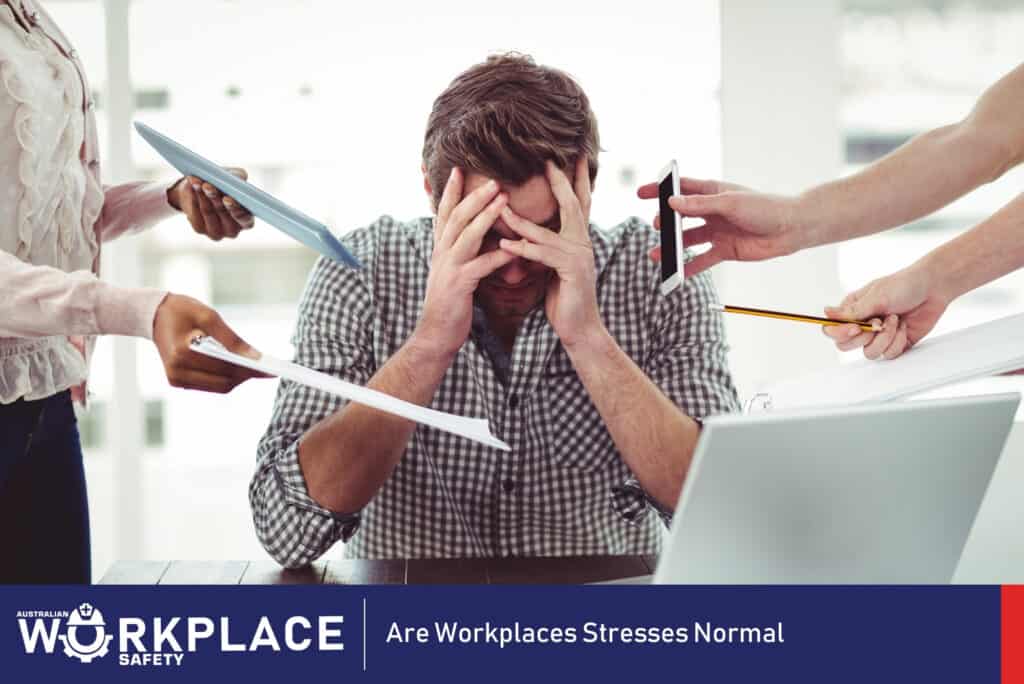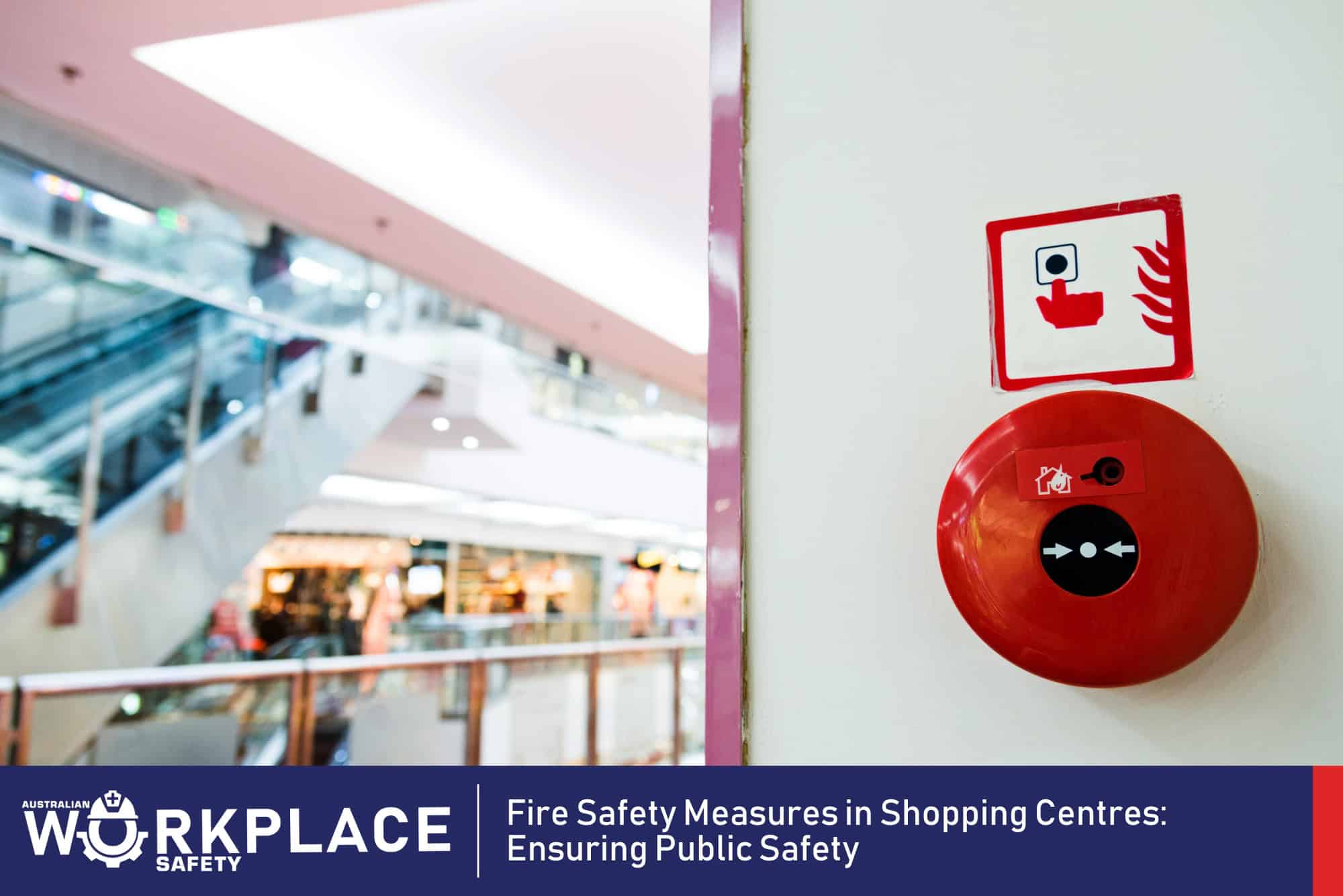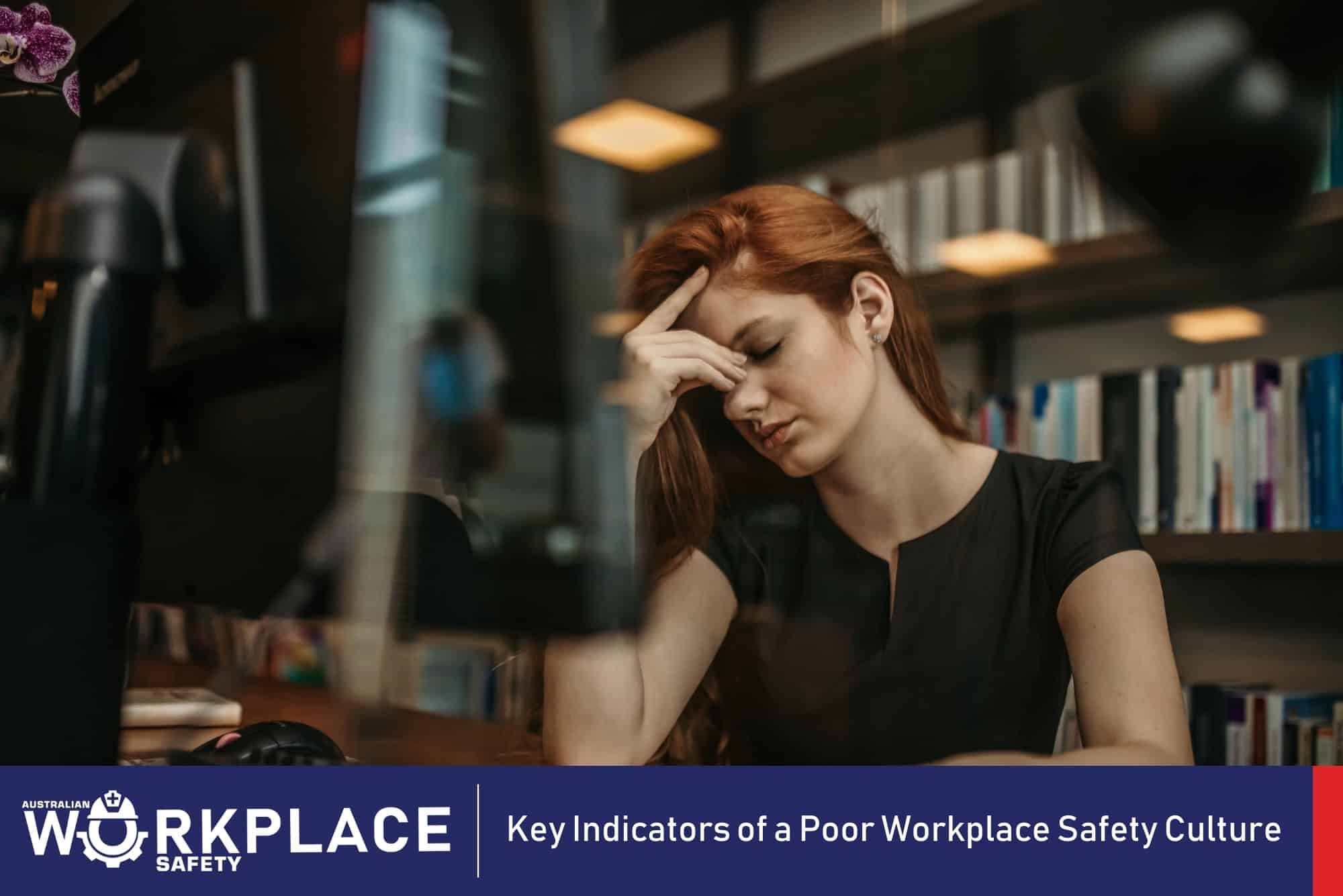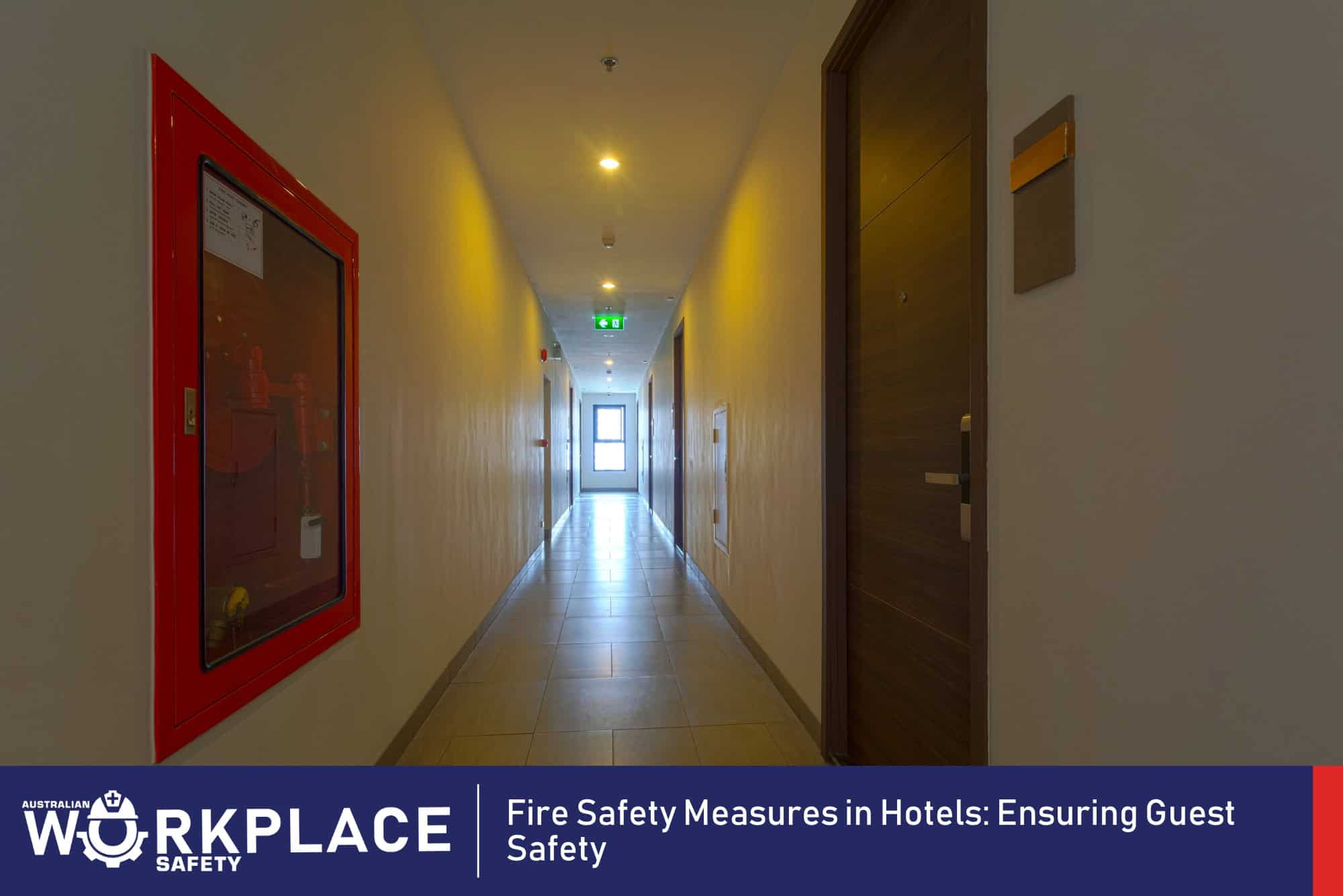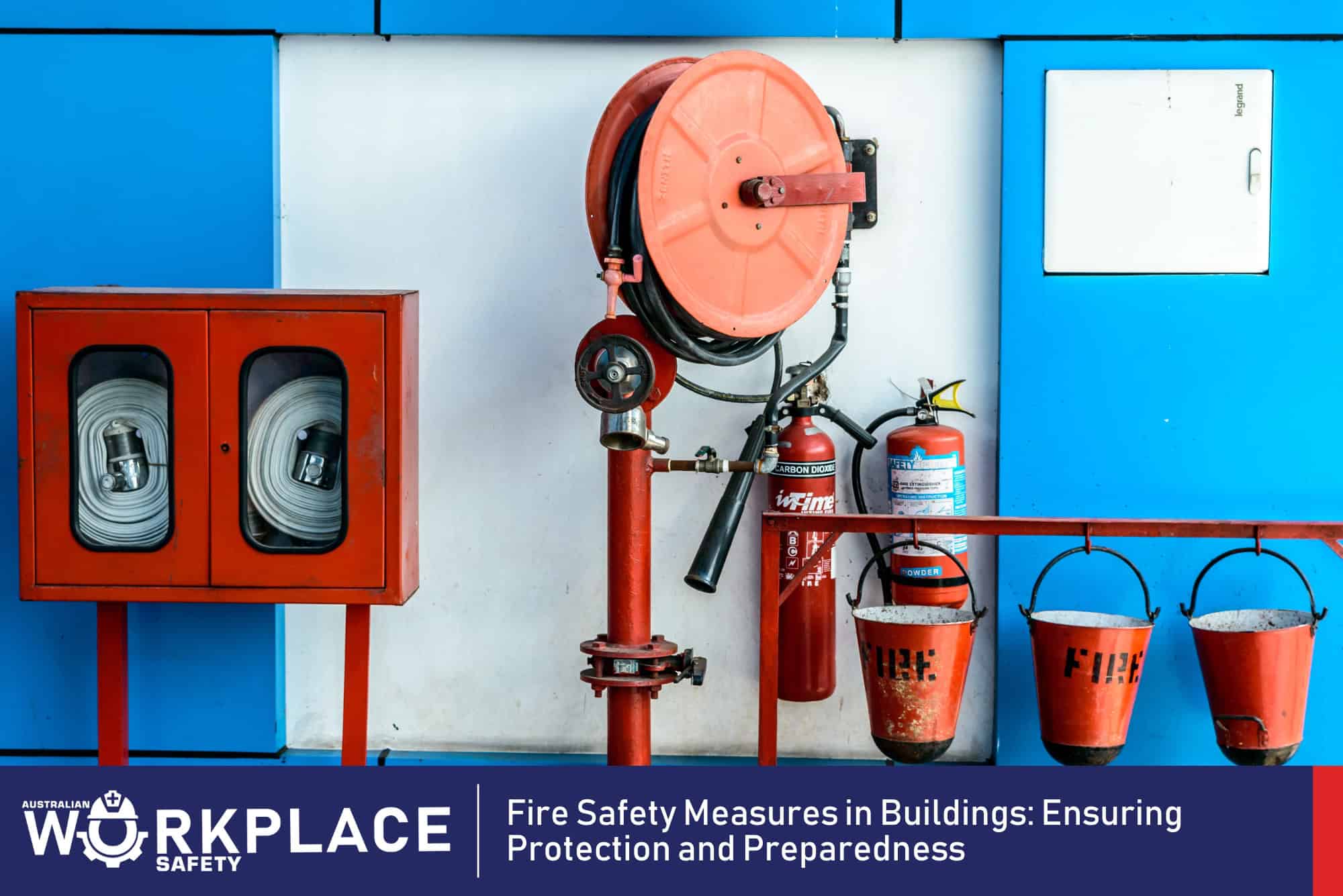Psychosocial risk and hazards are created when they become unreasonable
Psychosocial risk has always existed in workplaces, just like bullying and harassment the difference is that there are laws that are put in place to protect workers and support them by providing treatment for the recovery. So basically, the awareness of the risk which has been categorised and introduced into regulation and employment laws.
SafeWork NSW stated that “From 1 October 2022, there will be new requirements for a person conducting a business or undertaking (PCBUs) to manage psychosocial risks in the workplace.”
WorkSafe ACT states that” Psychosocial hazards refer to aspects of work design, the work itself, and the interactions between workers which can negatively influence their mental health and emotional wellbeing. These hazards are things at work which create stress and in turn reduce our ability to cope.”
Defining Psychosocial Hazards and Risk
Psychosocial risk may arise in instance of the design or management of work; the working environment machinery, equipment; appliances, etc in the workplace; and workplace interactions or behaviours may cause psychological and physical harm.
Psychosocial hazards refer to aspects of work design, the work itself, and the interactions between workers which can negatively influence their mental health and emotional wellbeing. These hazards are things at work which create stress and in turn reduce our ability to cope.
The Obligations of the Workplace
To manage safety and control risk in the workplace the PCBU and officers must create a psychologically safe environment, they must use the hierarchy of controls to manage psychosocial hazards, as set out in the WHS Regulations.
‘It’s an important that duty holders to review their approach to managing psychosocial risks and fostering mentally healthy workplaces. This includes engaging and consulting with workers on how they manage and control these risks.
Safe Work Australia has published the Model Code of Practice: Managing the risks of psychosocial hazards in the workplace, which provides guidance to managing psychosocial hazards.
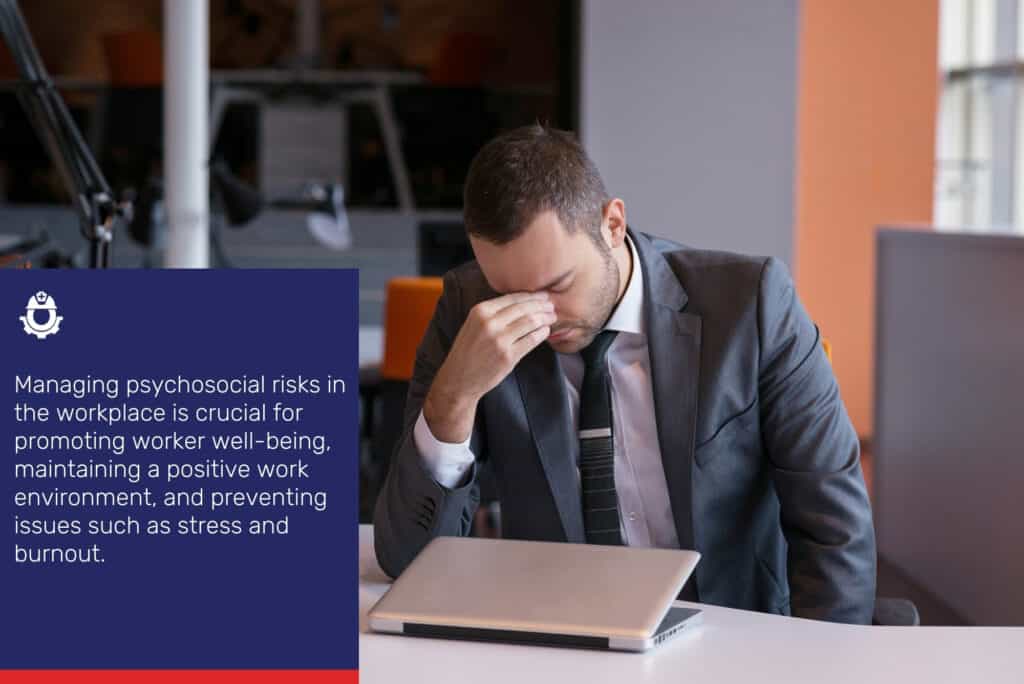
5 Strategies to Manage Psychosocial Risk Effectively
Managing psychosocial risks in the workplace is crucial for promoting worker well-being, maintaining a positive work environment, and preventing issues such as stress and burnout.
Here are five strategic steps to help workplaces effectively manage psychosocial risks:
Risk Assessment and Identification
Conduct a thorough risk assessment to identify potential psychosocial hazards in the workplace. This includes factors such as high job demands, low job control, poor workplace support, and interpersonal conflicts.
Use surveys, interviews, and other feedback mechanisms to gather information about workers’ perceptions of their work environment and identify areas that may contribute to psychosocial risks.
Collaborate with workers, unions, and relevant stakeholders to ensure a comprehensive understanding of the specific psychosocial risk factors within the workplace.
Implement Prevention and Intervention Strategies
Develop and implement prevention strategies to address identified psychosocial risks. This may involve adjusting workloads, improving communication channels, and enhancing job control and decision-making autonomy.
Establish clear policies and procedures for preventing and managing psychosocial risks, including guidelines for reporting and addressing issues related to workplace stress, harassment, or bullying.
Provide training programs to workers and managers on stress management, conflict resolution, and creating a positive work environment. Encourage open communication and foster a culture of support.
Promote Work-Life Balance
Encourage and support a healthy work-life balance to prevent excessive stress and burnout. This may include flexible work hours, telecommuting options, and policies that promote family-friendly practices.
Set realistic expectations for workloads and deadlines, ensuring that workers have the resources and time needed to fulfill their responsibilities without compromising their well-being.
Educate workers and managers about the importance of self-care and taking breaks to recharge, both during the workday and through vacation time.
Foster a Positive Workplace Culture
Cultivate a positive and inclusive workplace culture that values diversity, promotes respect, and discourages behaviours that contribute to psychosocial risks such as bullying or discrimination.
Recognise and reward positive contributions and achievements, fostering a sense of accomplishment and job satisfaction.
Establish effective communication channels for workers to voice concerns, provide feedback, and contribute to decision-making processes. A transparent and open culture can help address issues before they escalate.
Monitor and Evaluate
Implement regular monitoring and evaluation mechanisms to assess the effectiveness of the strategies in place for managing psychosocial risks.
Use key performance indicators, worker surveys, and other feedback tools to measure the impact of interventions on worker well-being and overall satisfaction.
Continuously update and adapt strategies based on the evolving needs of the workplace and its workforce, ensuring ongoing improvement in managing psychosocial risks.
Conclusion
By systematically addressing psychosocial risks through these strategic steps, workplaces can create a healthier, more supportive work environment that enhances worker well-being and contributes to overall workplace success.
